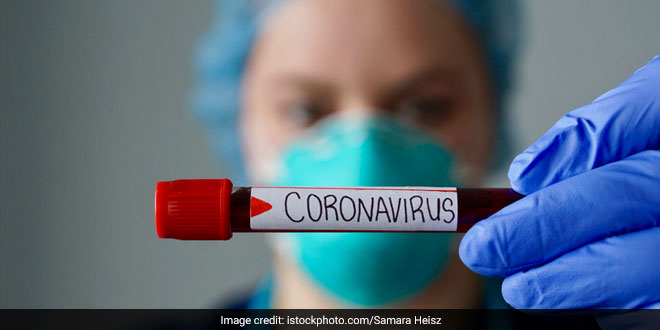Texas: Cities that took more time to implement social distancing measures also spent more time dealing with the virus than others that acted quickly, suggested a new analysis of COVID-19 outbreaks in 58 cities. In a new paper from epidemiological researchers at The University of Texas at Austin, now in press with the CDC’s journal Emerging Infectious Diseases, researchers studied cities throughout China and analysed when first cases were detected, when social distancing measures were implemented and when the outbreak was considered contained. The team found that every day a city delayed implementing social distancing measures after the appearance of a first case added 2.4 days to the length of the outbreak.
Every day saves time, saves effort, saves people becoming infected and probably saves lives. This is particularly important as we think about the coming weeks and months, said Lauren Ancel Meyers, a professor of integrative biology who leads the UT Austin COVID-19 Modeling Consortium.
The findings are applicable both to communities experiencing their first outbreaks and those that may see a resurgence in the coming months, Dr Meyers said. Waiting a week after early signs of resurgence might require about 17 more days of social distancing to slow the spread of the pandemic, according to the data.
It will be difficult to consider strict interventions again, but acting early upon signs of resurgence will mean fewer days of social distancing orders, said Spencer Fox, associate director of the UT. Austin COVID-19 Modeling Consortium and co-author on the paper.
Also Read: Delhi Government Issues New Guidelines For COVID-19 Testing
“Our findings have implications for the timing of interventions in U.S. cities,” Dr Meyers said.
“The impact of delays may be particularly important for communities that are prone to rapid transmission, such as nursing homes, colleges, schools and jails. We need concrete plans for when and how to respond to rising cases to prevent unnecessarily long and costly restrictions.”
To determine when an outbreak had been contained, scientists look at case counts and determine the reproduction number, a measurement that shows how many people will be infected by one infectious person. If the reproduction number drops below 1, scientists consider the outbreak contained.
Other studies into the impact of delaying social distancing measures have used modeling to estimate a link between the time of measures being taken and the effect on outbreaks.
Also Read: Actor Akshay Kumar Urges People To Move On With Life, Fight Coronavirus With Precautions
By contrast, this study used on-the-ground data to determine the link between cities taking measures to contain the virus and rates of the virus spreading.
The study was not able to determine which social distancing measures were most effective, but it showed that the timing of the first measure, regardless of the type, had a big impact.
“We provide direct, data-driven evidence that the timing of interventions has a substantial impact on how long an outbreak lasts, how effective our interventions are and, ultimately, how many people might be infected and die from the virus,” Dr Meyers said.
Also Read: Delhi’s RK Puram Police Station Steps Up Efforts To Keep Cops Safe From COVID-19
Although the study looked at cities experiencing the earliest days of an outbreak, the findings are also relevant for cities in the middle of an outbreak, Dr Meyers said.
[corona_data_new]





























